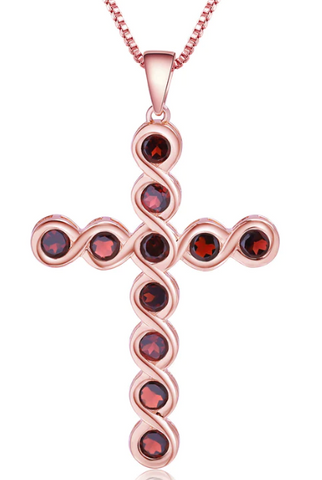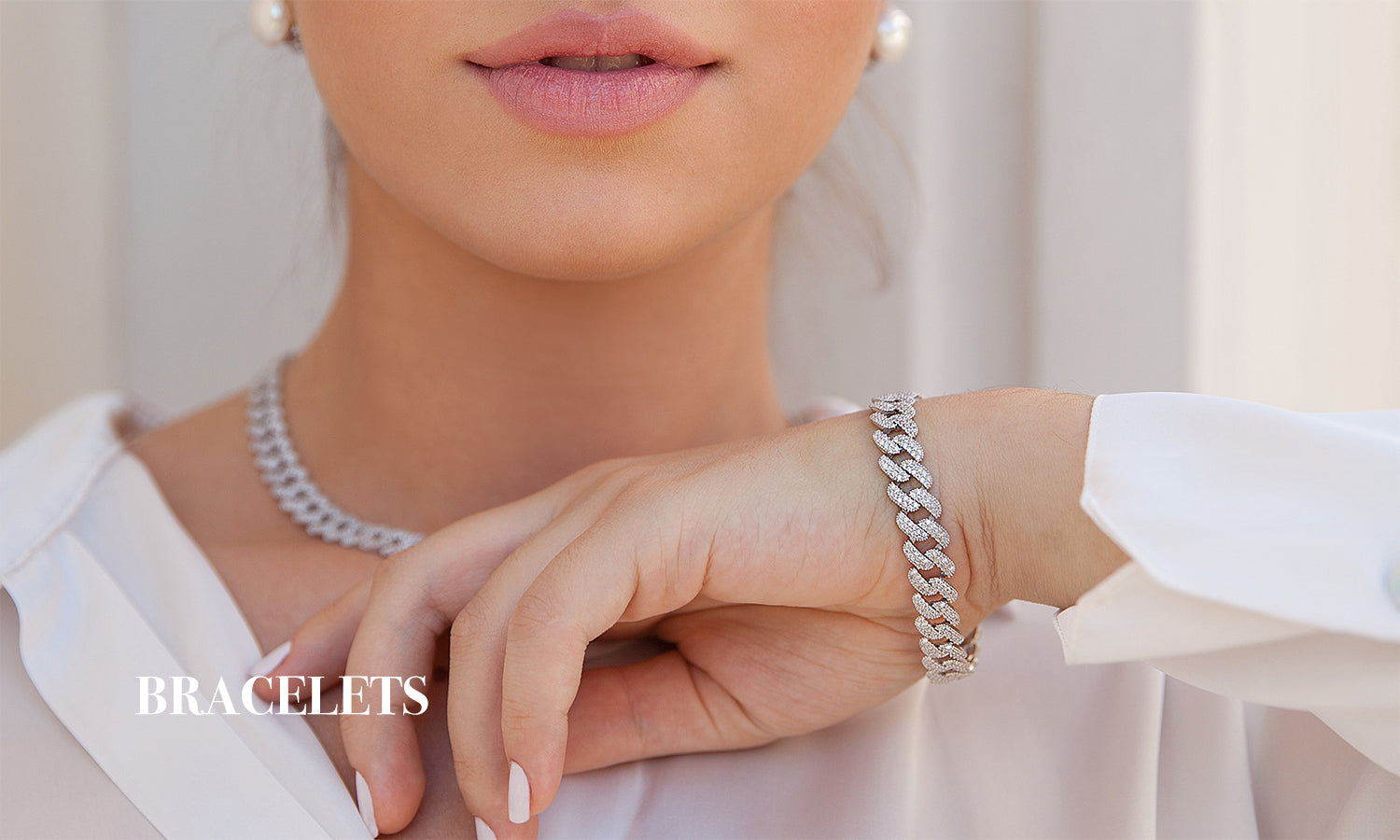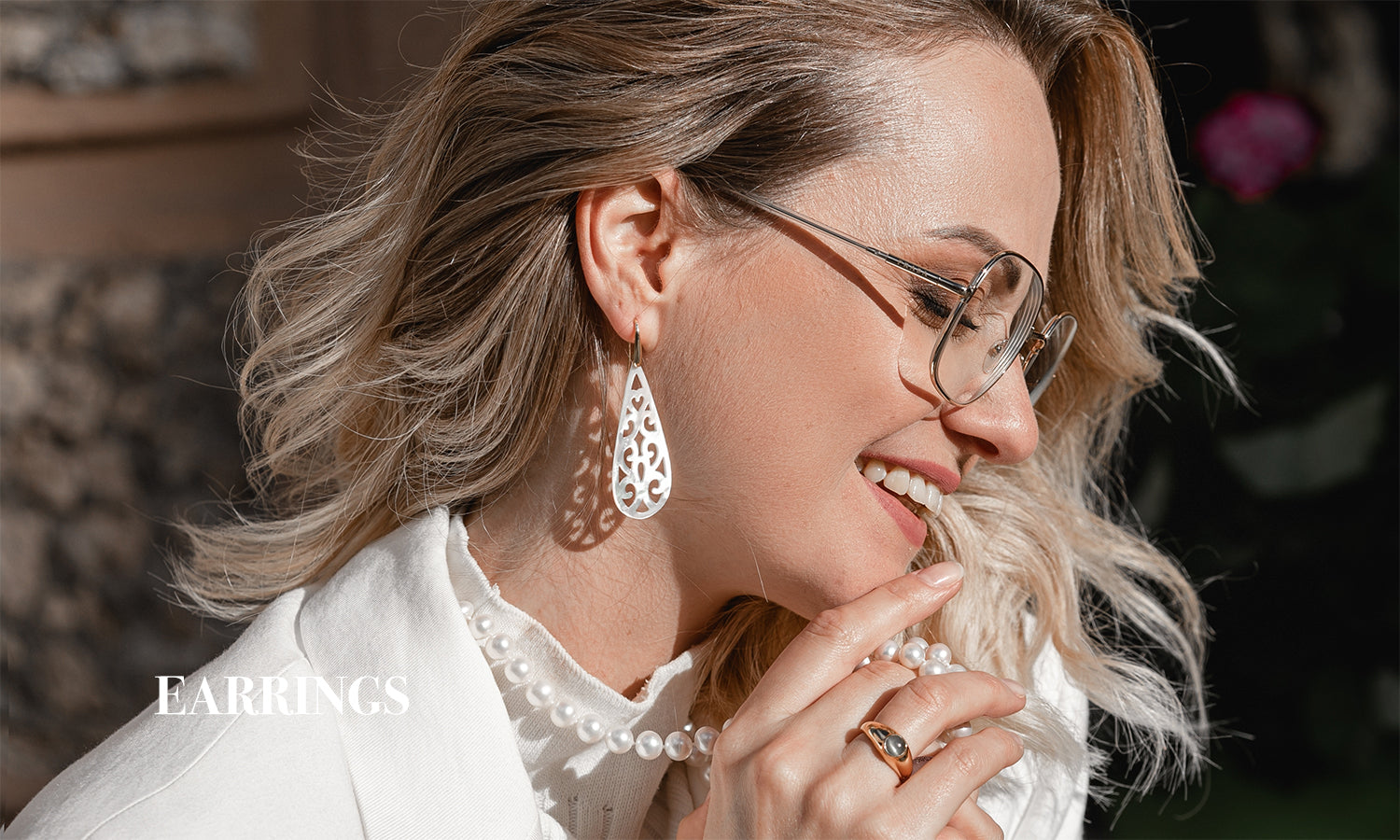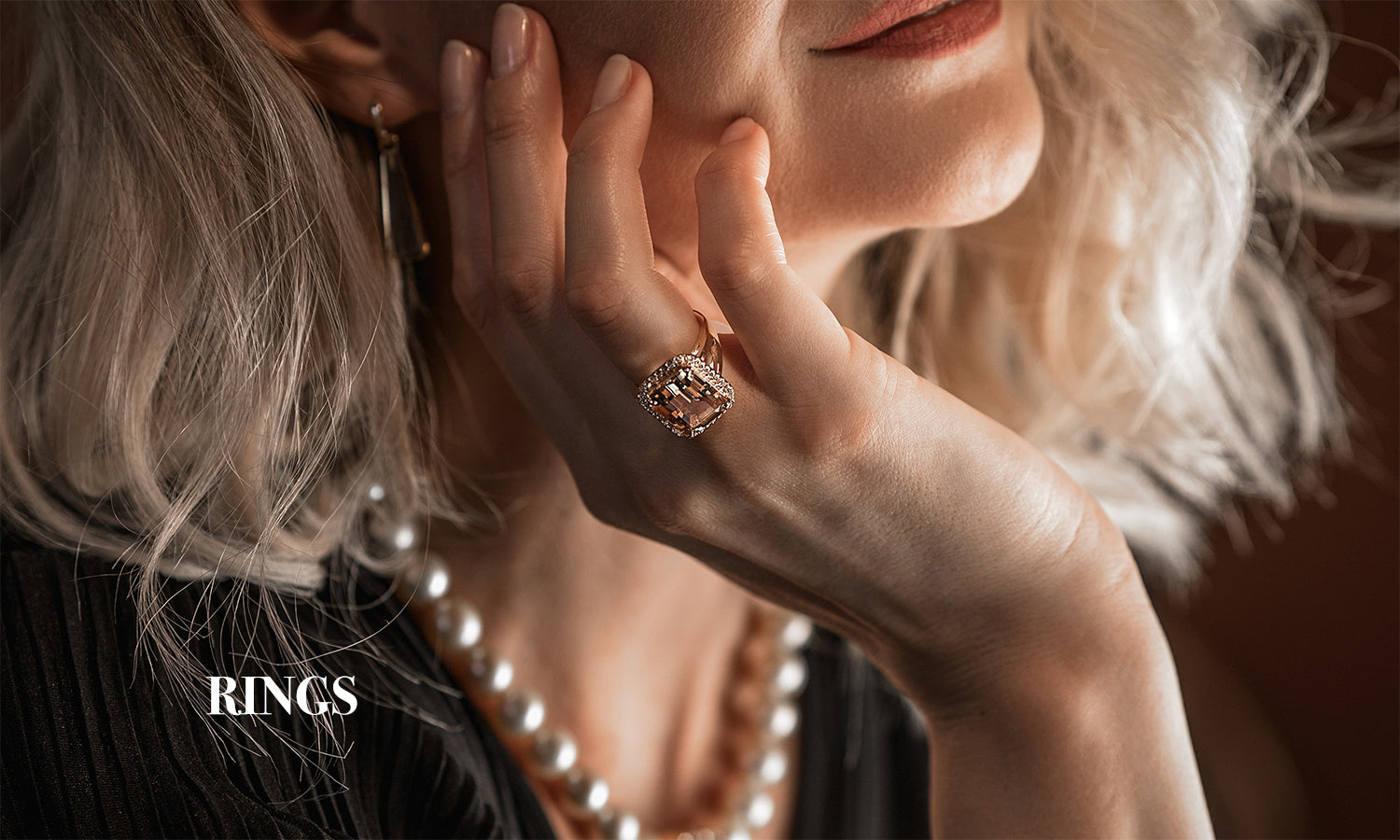
How to Price Your Jewelry Art with Planderful's Expert Advice
Share
As a jewelry designer, setting the right price for your pieces is difficult but critical. The price of your jewelry will have a huge influence on its success, so it's important to take the time to do your research and decide on the right pricing strategy for your business.

Determining a Pricing Strategy
When pricing your jewelry, it's important to consider several factors. First, you need to consider the cost of materials and the time it takes to create each piece. Second, you should factor in the current market prices of similar items and any trends that could affect the price of your jewelry. Finally, it would help to consider any potential profit margin you want to make from each piece.
The best way to determine the most appropriate pricing strategy for your jewelry is to use a combination of these factors. Here are a few common pricing strategies used by jewelry designers and businesses:
Cost-plus pricing: Cost-plus pricing involves calculating the cost of materials, the time it takes to create a piece, and then adding a certain percentage to that cost for your desired profit margin. This is a straightforward approach to pricing, although it does not consider any potential market trends.
Competitive pricing: Competitive pricing involves looking at the prices of similar pieces in the market and setting your price accordingly. This strategy ensures that your prices are competitive and can help you stand out.
Premium pricing: Premium pricing involves setting a higher price point on your jewelry to reflect its quality and craftsmanship. This strategy is often used to differentiate between luxury and budget pieces.
Value pricing: Value pricing involves setting a price based on the product's perceived value. This strategy considers the materials used, the craftsmanship, and the piece's overall design.
No matter which pricing strategy you choose, it's important to consider the cost of materials and the time it takes to create each piece. This will help you determine a reasonable price for your jewelry and ensure that you are making a profit.
Once you’ve determined the right pricing strategy for your jewelry, it’s important to keep it consistent. This will help you maintain a steady profit margin and ensure that your pricing is competitive.
It's also important to remember that the price of your jewelry can change over time. If market trends change or the cost of materials increases, you may need to adjust your prices accordingly.
Setting Prices for Different Types of Jewelry
(i) Precious Jewelry: Precious jewelry pieces such as gold and diamond should be priced according to the quality and carat of the pieces. The carat of the stones, the type of setting, and the craftsmanship should all affect the price of the jewelry.
(ii) Costume Jewelry: Costume jewelry is usually made from less expensive materials and is often mass-produced. As such, costume jewelry prices tend to be lower than those of precious jewelry. However, the price should still consider the materials' quality and the piece's craftsmanship.
(iii) Custom Jewelry: Custom jewelry pieces are usually one-of-a-kind and usually require higher prices. The cost of materials, the time it takes to create the piece, and the item's uniqueness should all be considered when pricing custom jewelry.
Taking into Account Additional Costs

When pricing your jewelry, it's important to take into account additional costs that may be associated with your business. This includes costs such as packaging, shipping, taxes, and other fees associated with selling your jewelry.
(i)Packaging
Packaging is an important part of selling jewelry, as it helps to protect the pieces and makes them more attractive to potential buyers. Depending on the type of jewelry you create, you may need to invest in special packaging materials such as boxes, bags, and pouches. The cost of these materials can vary greatly, so it’s important to research the best packaging options for your business.
(ii) Shipping
You must factor in the shipping cost if you plan to sell your jewelry online or ship your pieces to customers. Depending on the size and weight of your pieces, you may need to invest in special shipping materials such as boxes or padded envelopes. Additionally, you will need to include the postage cost in your pricing.
(iii)Taxes
When pricing your jewelry, it's important to factor in any taxes associated with selling your pieces. Depending on where you live and what type of business you run, you may need to pay sales tax, value-added tax, or other taxes. Research any applicable taxes in your area and factor them into your pricing.
(iv) Other Fees
Depending on your business model, you may need to pay additional fees, such as credit card processing or listing fees. You should also research applicable fees and factor them into your pricing.
Factor in Time and Labor
When pricing your jewelry, it's important to factor in the time and labor that goes into creating each piece. Creating jewelry is labor-intensive, so you must ensure that your prices reflect the amount of time and effort spent making each item.
The time and labor that goes into creating jewelry can vary greatly depending on the type of piece you are making. For example, a simple necklace may only take a few minutes to make, while a more elaborate piece may take several hours. Additionally, some pieces may require special tools or techniques that increase the time and labor involved.
When pricing your jewelry, it's important to consider the amount of time and labor that goes into creating each piece. For example, if it takes an hour to create a piece of jewelry, you should factor that into the price. Additionally, if you use special tools or techniques to create a piece, you should also factor that into the price.
It's also important to consider the labor costs of running your business. If you employ other jewelers to help you create pieces, you will also need to factor in their wages and other expenses. Additionally, if you outsource any of your production, you will need to consider the materials, labor, and shipping cost.
It's important to consider the time and effort it takes to market and sell your jewelry. If you are running an online business, you will need to factor in the cost of web hosting, advertising, and other expenses associated with running an online store. Additionally, you sell your jewelry at craft fairs or other events. In that case, you will need to factor in the cost of renting a booth, purchasing display materials, and other expenses associated with selling your jewelry in person.
Offering Discounts and Promotions
When pricing your jewelry, it's important to consider offering discounts and promotions. Discounts can be a great way to attract new customers, boost sales, and help you stand out from the competition.
When offering discounts and promotions, it’s important to determine how much you can afford to discount each piece without losing money. Additionally, it’s important to consider how long the promotion should last and how it will affect your overall pricing strategy.




